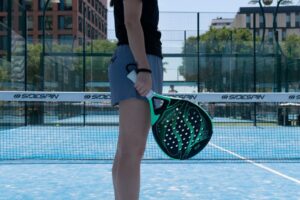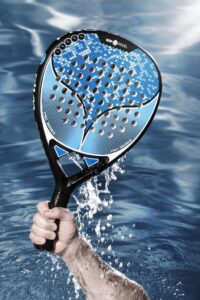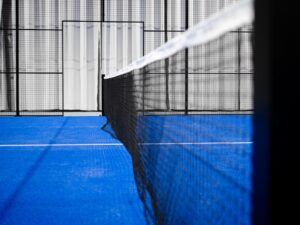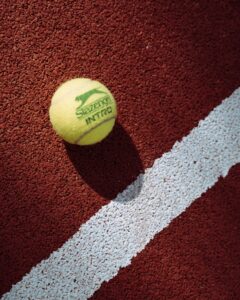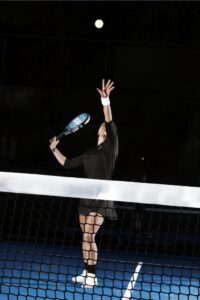The Art of Reading Your Opponent’s Serve in Padel
3 min read
The Art of Reading Your Opponent’s Serve in Padel
Returning your opponent’s serve can be a challenging task in any sport, including padel. However, with the right padel return tips, you can learn how to read your opponent’s serve and make the most out of your return shot.
Understanding the Types of Serves
A great starting point for reading your opponent’s serve is to understand the different types of serves in padel. Essentially, there are three main types of serves:
- The Flat Serve
- The Slice Serve
- The Topspin Serve
The flat serve is the most common serve in padel, where the ball is hit directly over the net with minimal spin. The slice serve is another common serve, where the ball rotates sideways as it crosses the net, causing it to curve towards the side of the court. The topspin serve is the most challenging serve to return as it has a significant amount of topspin, causing the ball to bounce high and fast when it hits the court.
Observing Your Opponent’s Movements
One of the best padel return tips is to observe your opponent’s movements before and during their serve. By doing this, you can gain an insight into the type of serve they are about to hit. For example, if your opponent is crouched low, they may be planning to hit a topspin serve. Similarly, if they stand a little further back on the court, they might be planning to hit a slice serve. By observing and predicting your opponent’s movements, you can be better prepared to return their serve.
Watching the Ball and Guessing the Spin
Once your opponent has hit their serve, the next step is to focus on the ball and guess the spin. Pay attention to the speed of the ball and the angle at which it bounces off the court. If the ball bounces low and fast, it is likely a flat serve. However, if the ball bounces high and fast, it is most likely a topspin serve.
Moving Your Feet
Another essential padel return tip is to be light on your feet and prepared to move towards the ball quickly. Depending on the type of serve your opponent has hit, you may need to move quickly forward, backward, or sideways to reach the ball. By staying light on your feet and staying balanced, you can quickly respond to your opponent’s serve and return the ball efficiently.
Practice and Patience
Finally, like any other skill in padel, reading your opponent’s serve takes time, patience, and practice. The more you play and observe your opponent’s movements and shots, the better you will become at returning their serve. With time, you can develop a keen sense of anticipation and prediction that can help you make the most out of every return shot.
Conclusion
Reading your opponent’s serve is essential to being a successful padel player. By understanding the types of serves, observing your opponent’s movements, watching the ball, being light on your feet, and practicing regularly, you can become a master at returning your opponent’s shots. Implementing these padel return tips will not only help you win more points but also increase your overall enjoyment of the game.

